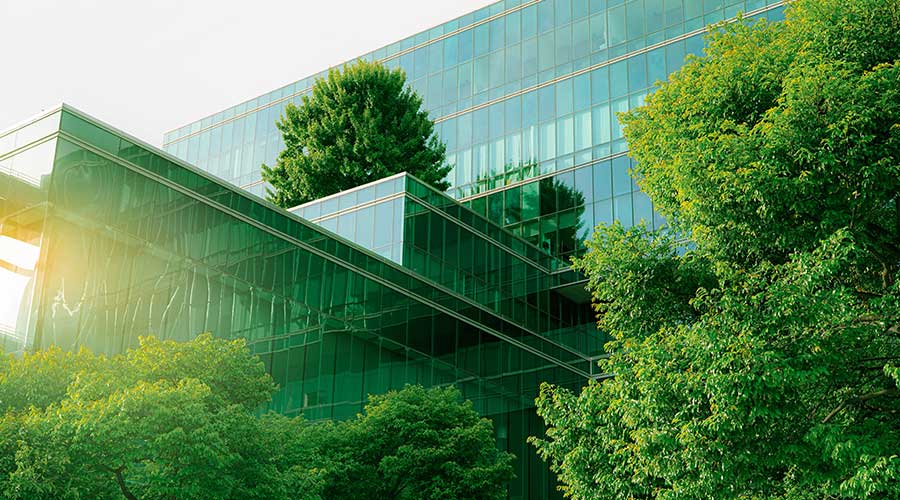Drexel University Continues To Be On Lookout For Ways To Cut Carbon
Of course, the best way to reduce the cost of buying RECs and the carbon footprint overall is simply to use less electricity. To that end, Francis and his facilities team have been working constantly to improve energy efficiency in existing buildings. Drexel is currently a beta test partner with an energy software company — which is working with some of Drexel's engineering faculty — on technology for demand-response and other smart grid applications, including real-time pricing and technology that would allow a building to switch to different types of fuel for heating and cooling depending on the type of fuel that is cheapest at that time.
Francis says Drexel had gone years without a demand response event, but as of early August, they'd already had nine just this summer. "So these things the faculty is working on are not theoretical," he says. "We're putting them into action often and this allows our faculty to learn from our buildings."
While demand response doesn't necessarily put a huge dent in the overall energy use, other initiatives have. He says they've done many of the usual — lighting upgrades, HVAC upgrades (several of which are taking place this summer), installing variable speed drives, and using occupancy sensors wherever possible.
"We get a lot of criticism from students if the lights are on at 3 a.m.," says Mike Smith, assistant vice president, facility management.
"Students have come to expect that we will be doing things cognizant of the limitations of resources," says Francis. "The choice of a campus isn't so simple as to hinge solely on sustainability. But it is definitely a factor."
One way Francis and his team have worked with students on hands-on sustainability is the university's Smart House. The Smart House is a student-led initiative that involves renovating a house on campus built in the 1880s. The renovation incorporates some of the latest sustainable technologies such as passive ventilation, a photovoltaic chimney, and operable glazing systems. Francis says he and his team will help the students — who will live in the house when it's completed — manage the process of design and construction.
"(The project) is very much tying the academic with a life-style choice," Francis says. "Sustainable features are visible commitments to the values students share. They can see Drexel walking the walk with respect to the built environment."
Related Topics:














